Magnitude 12.29 Apparent magnitude (V) 12.29 | ||
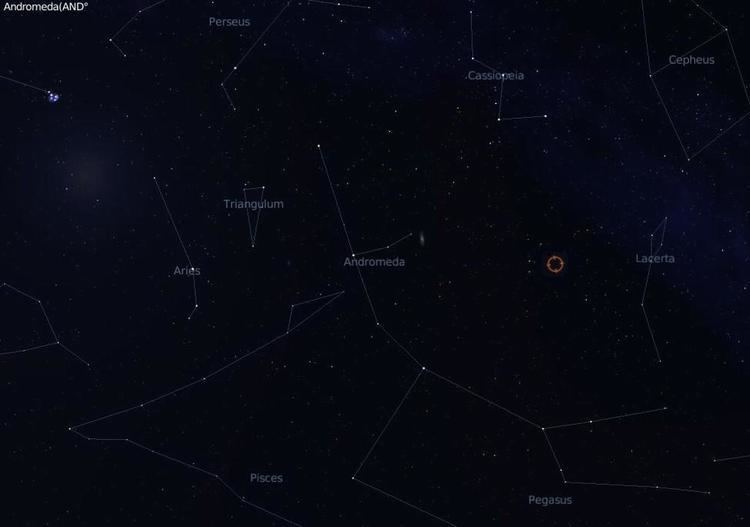 | ||
Similar Ross 154, Groombridge 34, Ross 128, Luyten 726‑8, Lalande 21185 | ||
Magnetar ross 248
Ross 248, also called HH Andromedae or Gliese 905, is a small star located approximately 10.30 light-years (3.16 parsecs) from Earth in the northern constellation of Andromeda. Despite its proximity to the Earth, this star is too dim to be seen with the naked eye. Ross 248 was first catalogued by Frank Elmore Ross in 1926 with his second list of proper motion stars.
Contents
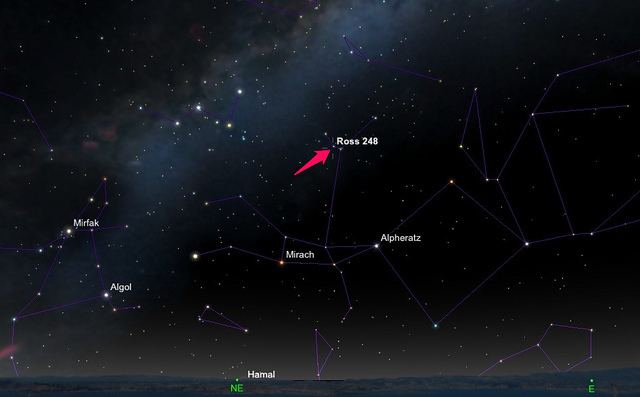
This star has about 12% of the Sun's mass and 16% of the Sun's radius, but only 0.2% of the Sun's luminosity. It has a stellar classification of M6 V, which indicates it is a type of main sequence star known as a red dwarf. This is a flare star that occasionally increases in luminosity. With high probability there appears to be a long-term cycle of variability with a period of 4.20 years. This variability causes the star to range in visual magnitude from 12.23 to 12.34. In 1950, this became the first star to have a small variation in magnitude attributed to spots on its photosphere.
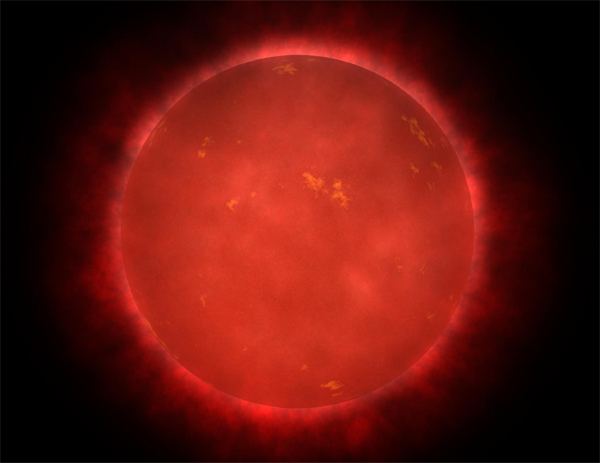
Long term observations of this star by the Sproul Observatory show no astrometric perturbations by an unseen companion. The proper motion of this star was examined for a brown dwarf or stellar companion orbiting at a wide separation (between 100–1400 AU) but none was found. A search for a faint companion using the Hubble Space Telescope Wide Field Planetary Camera revealed nothing, nor did a search with near-infrared speckle interferometry.
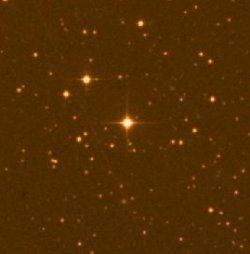
The space velocity components of this star in the galactic coordinate system are [U, V, W] = [–32.9 ± 0.7, –74.3 ± 1.3, 0.0 ± 1.4] km/s. The trajectory of Ross 248 will bring it closer to the Solar System in the future. In 1993 Matthews suggested that in about 33,000 years Ross 248 would be the closest star to the Sun, approaching within a minimum distance of 3.024 light-years (0.927 parsecs) in 36,000 years. However, it will recede thereafter and will again be further from the Sun than Proxima Centauri 42,000 years from now.
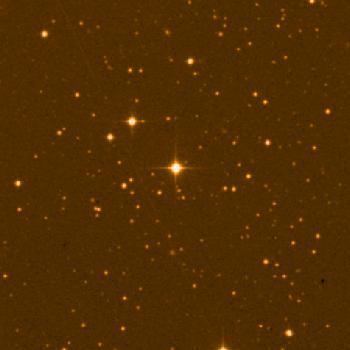
A spacecraft that escaped the Solar System with a velocity of 25.4 km/s would reach this star 37,000 years from now when the star is just past its nearest approach. By comparison, the Voyager 1 has an escape velocity of 16.6 km/s.
Ross 248 jj got mystique fas009 b2
Field star
This star is located nearly along the line of sight to Ross 248, but it is not physically associated.
